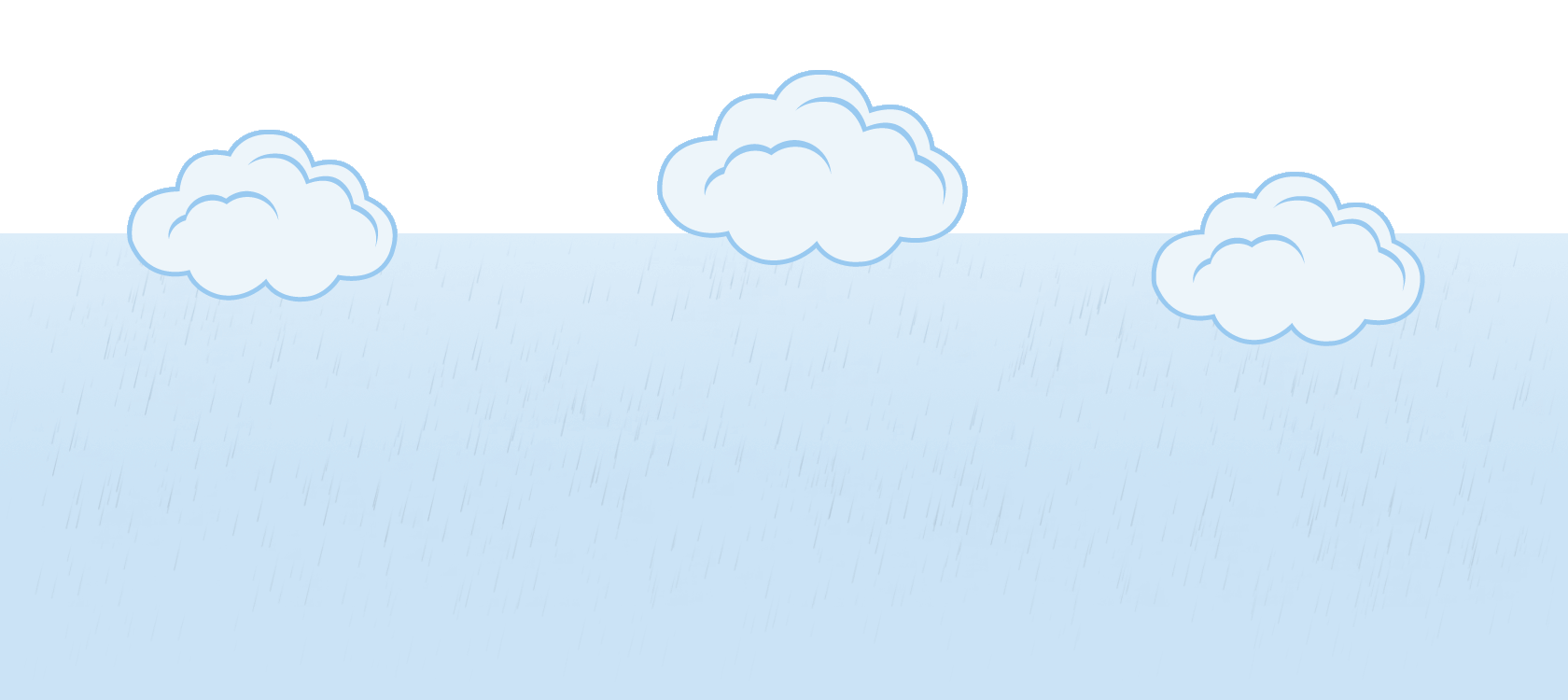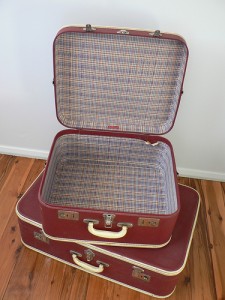In this informational text, elementary students learn how scientists use tools and technology to study the Earth’s climate. The text can be used in conjunction with the lessons featured in the article Collecting Climate Data and in the unit plan described in the article Unit Plans: We Study Earth’s Climate.
Versions of this text are available at the K-2 and 3-5 grade bands. The Flesch-Kincaid reading level of each version is provided following the text. Each version is available as a text only document (a downloadable PDF document), a full-color, illustrated book (downloadable PDF document), and an electronic book with recorded narration. You can use these various versions and formats as you differentiate instruction for your students.
GRADES K-2
How Do We Study Climate?
By Jessica Fries-Gaither
You are going on a trip. How do you know what clothes to pack?
If you are going to a warm place, you take shorts and T-shirts. If you are going to a cold place, you take warmer clothes.
You know what to pack because of climate. Climate tells us what a place is like. Some places have cold climates. Other places have warm climates.
Scientists study Earth’s climate. To do this, they learn about Earth’s land, air, and water. Tools help them study what these places are like.
One tool is a climate station. Scientists use the stations to measure the temperature. They measure how much sunlight there is. They measure how much rain or snow there is. They measure the speed of the wind. These measures tell scientists what that place is like.
Another tool is a weather balloon. The balloons fly high in the air. They measure temperature. They tell scientists what the air is like above Earth.
A third tool is a satellite. Satellites fly in space. They take pictures of the Earth. They tell scientists about clouds and storms.
One more tool is a buoy. Buoys float in the ocean. They measure the temperature of the water. They keep track of currents and waves. They tell scientists what the oceans are like.
Scientists use tools on land. They use them in the air and in the water. They learn about climate. They help us know what different places are like. This helps us when we take trips. What will you pack?
Glossary
Buoy – a tool that floats in the ocean and collects data about the water
Climate – what a place is like over a long time
Climate station – a set of tools that collects data about the weather
Satellite – a tool that flies in space and collects data about Earth
Weather balloon – a balloon that carries tools into the air
Flesch-Kincaid Reading Level = 1.7
Access this Grades K-2 text as a text-only document.
Access this Grades K-2 text as a full-color illustrated book.
Access this Grades K-2 text as an electronic book.
Notes for assembling the illustrated books:
You can put this book together a couple of different ways. You can print out the pages, cut them in half and then order the pages back to front. Fold the stack in half and then staple the spine of the book. Pairs of pages can then be stapled or glued along the right edge.
You can also assemble the book as a foldable book.
To assemble the books this way, print the four pages and align the document pages so that the following book page numbers are in the lower right-hand corner: front page, page 6, page 2, and page 4. (The cover page should be on top and page 4 on the bottom.) Set your copier to copy single pages into double pages and run the four document pages in the order specified. Cut along the dotted line in the center of the double-sided page, place the book pages in order, fold, and staple along the spine.
GRADES 3-5
How Do We Study Climate?
By Jessica Fries-Gaither
Imagine you are going on a trip to Antarctica. What kind of clothes would you pack?
Now imagine that you are going on a trip to Hawaii. What kind of clothes would you pack for this trip? Would they be different from the clothes you’d take to Antarctica?
You probably said that you’d take a coat and long pants to Antarctica and shorts and T-shirts to Hawaii. How do you know what kinds of clothes to pack? It’s because you know about the climate of those places.
Climate is the average of the weather conditions over all four seasons. Some places, like Antarctica, have cold climates. Other places (like Hawaii) have warm climates.
Understanding climate takes more than just knowing which clothes to wear. Scientists study climate in the same way that they study weather. They make observations. They collect data. Then they use the data to draw conclusions and make predictions.
Where does the data come from? All over Earth! Scientists collect data with tools such as climate stations, weather balloons, satellites, and buoys.
A climate station is just like a weather station. Have you ever seen a weather station? Maybe you have one at school. It is a set of tools for collecting weather data. There are 114 climate stations across the United States. They measure the temperature and the amount of sunlight. They also measure the amount of rain or snow and the wind speed.
Climate stations help us collect data on land. But what about the Earth’s air and water? These places are important in Earth’s climate, so we need to collect data from them, too. Scientists do this by using balloons, satellites, and buoys.
Weather balloons help scientists collect data from Earth’s air. Almost 1,800 balloons are launched every day around the world! These huge balloons carry tools high into the air. Some can travel as far as 20 miles above the Earth! The balloons eventually burst when they are so high in the air. A parachute then helps the tools fall slowly back to the ground.
Weather balloons can travel pretty high into the air. But what if scientists want data from higher above the Earth? Then they need to use satellites.
Weather satellites are launched into space. They orbit the Earth and collect data. Cloud cover is one thing that satellites measure. Some satellites circle the Earth from north to south. They pass over the North Pole and the South Pole. Others stay above the equator.
Weather balloons and weather satellites collect data from Earth’s atmosphere. But what about the oceans? Satellites collect some data. Expeditions on ships collect data, too. Other data comes from thousands of buoys that float in the oceans. The buoys measure the temperature of the water. They also track ocean currents and sea level.
Whether it is on land, in the air, or in the water, scientists have ways to learn about Earth’s climate. How can you learn about the climate where you live?
Glossary
Buoy – a tool that floats in the ocean and collects data about the water
Climate – the average of the weather conditions over all seasons over a period of time
Climate station – a set of tools that collects data for studying climate
Weather balloon – a balloon that carries tools into the atmosphere
Weather satellite – a tool that orbits the Earth and collects data
Flesch-Kincaid Reading Level = 4.7
Access this Grades 3-5 text as a text-only document.
Access this Grades 3-5 text as a full-color illustrated book.
Access this Grades 3-5 text as an electronic book.
Notes for assembling the illustrated books:
You can put this book together a couple of different ways. You can print out the pages, cut them in half and then order the pages back to front. Fold the stack in half and then staple the spine of the book. Pairs of pages can then be stapled or glued along the right edge.
You can also assemble the book as a foldable book.
To assemble the books this way, print the four pages and align the document pages so that the following book page numbers are in the lower right-hand corner: front page, page 6, page 2, and page 4. (The cover page should be on top and page 4 on the bottom.) Set your copier to copy single pages into double pages and run the four document pages in the order specified. Cut along the dotted line in the center of the double-sided page, place the book pages in order, fold, and staple along the spine.
This article was written by Jessica Fries-Gaither. Jessica is an education resource specialist at The Ohio State University and project director of Beyond Penguins and Polar Bears. She has taught in elementary and middle school settings. Email Jessica at beyondweather@msteacher.org.
Copyright September 2011 – The Ohio State University. This material is based upon work supported by the National Science Foundation under Grant No. 1034922. Any opinions, findings, and conclusions or recommendations expressed in this material are those of the author(s) and do not necessarily reflect the views of the National Science Foundation. This work is licensed under an Attribution-ShareAlike 3.0 Unported Creative Commons license.




